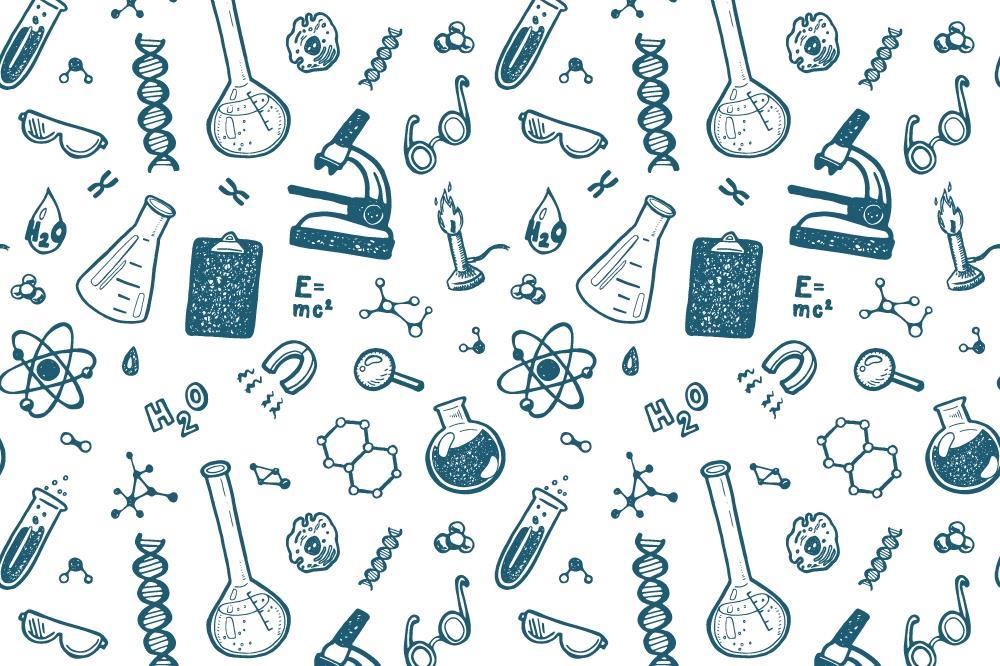AESA PROGRAMMES
- Building R&D Infrastructure
- Developing Excellence in Leadership, Training and Science in Africa (DELTAS Africa)
- Human Heredity and Health in Africa (H3Africa)
- Africa’s Scientific Priorities (ASP)
- Innovation & Entrepreneurship
- Grand Challenges Africa
- Grand Challenges Innovation Network
- Rising Research Leaders/Post-Docs
- AESA RISE Postdoctoral Fellowship Programme
- African Postdoctoral Training Initiative (APTI)
- Climate Impact Research Capacity and Leadership Enhancement (CIRCLE)
- Climate Research for Development (CR4D)
- Future Leaders – African Independent Research (FLAIR)
- Critical Gaps In Science
- Clinical Trials Community (CTC)
- Community & Public Engagement
- Mobility Schemes: Africa-India Mobility Fund
- Mobility Schemes: Science and Language Mobility Scheme Africa
- Research Management Programme in Africa (ReMPro Africa)
- Science Communication/Africa Science Desk (ASD)
- Financial Governance: Global Grant Community (GGC)
- AAS Open Research
- CARI Programmes
- Evidence Leaders Africa (ELA)

News
The African Academy of Sciences unveils a historical mathematical tool

162
The African Academy of Sciences unveils a historical mathematical tool
The African Academy of Sciences (AAS) will today unveil an enlarged replica of the Ishango bone, a 22,000 year old animal bone discovered in Ishango in the Democratic Republic of
the Congo, and believed to indicate the early use of mathematics on the continent.
Mauritian president and AAS Fellow Ameenah Gurib-Fakim will unveil the replica glass monolith at the launch of
the Alliance for Accelerating Excellence in Science in Africa.
“The Ishango bone is evidence of the existence of science on the continent in prehistoric era. It also served to
show how science was used to serve the communities. Current generations must build upon this foundation from
our ancestors to use research to meet the needs of the continent,” said Professor Gurib-Fakim.
The 150 cm 2D replica was etched by a laser beam with its sub-surface engraved with the words, Ishango bone.
The AAS, the University of South Africa, the International Centre for Theoretical Physics, Belgium based
International Organization for Chemistry in Development (IOCD) and the Museum of Natural Sciences
collaborated to facilitate the creation of the replica. AAS has also received 3D replicas of the bone, which are 30
cm long.
Berhanu Abegaz, the Executive Director of the Academy said: “The Ishango set a precedent for the civilisations
that followed such as the pyramids in Egypt. It’s a testimony of Africa’s potential that exists in current and future
scientists.”
The 2D replica will be positioned in front of the Academy’s building to serve as a reminder of Africa’s continuing
legacy in developing science.
Malik Maaza, the UNESCO UNISA Africa chair in nanoscience and nanotechnology said the replica was laser
engraved in recognition of 2015 being the International Year of Light.
Belgian archeologist Jean de Heinzelin de Braucourt discovered the Ishango bone along the Semaliki river in
1957. The bone is believed to be that of a baboon. There are two such objects –which are 10 cm and 14 cm,
respectively, discovered in the same area in consecutive years. Both have handmade tally marks that have been
interpreted as a prehistoric calculator, lunar calendar or barcode. The smallest of the bones was the first to be
discovered and exhibited at the Royal Belgian Institute of Natural Sciences in Brussels where both now reside.
“Selection of the Ishango bone by AAS as a symbol should boost interest in science and scientific creativity and
push the Africans to stand up and work in the spirit of their ancestors,” said Alain Krief, Executive Director at the
IOCD.
The University of Namur has created a video to mark the unveiling of the Ishango bone, which can be found
here: website www.ishbone.be